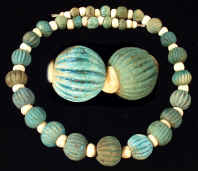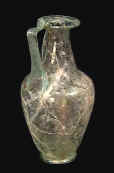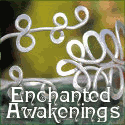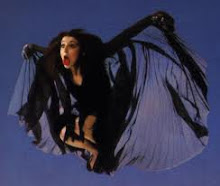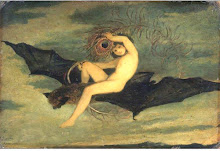Since ancient times they have held symbolic meaning and spiritual significance for people across the continents; depicted in the earliest art on cave walls, pottery, jewelry, and tombs, mythology and creation stories, feathers are infused in virtually every culture.
Macaw feathers, native to the southerly Americas, have been found in prehistoric archaeology sites in North America, indicating extensive trade or import of these valuable objects, though their use is not certain. However, in recorded history, colorful parrot feather head dresses have been worn by indigenous people of Central and South America to signify nobility. Whether used as status symbols, religious items, or pure ornamentation they must have been highly prized to have traveled so far from their indigenous origins.
In Egyptian religion, Ma’at sat in judgment of the dead, wearing her ostrich feather on her head. She stood for truth and order, and weighed the deceased’s heart against the feather in hopes their souls were pure enough to attain the Afterlife. I wonder if the popular imagery of the “freedom heart”, the winged heart, is a descendant of the Goddess’ trial.
Feather cloaks were widespread in European and Norse mythology. Druids wore ritual cloaks made from many different birds; think of Rhiannon’s three birds which were white, gold and green. The Valkyries donned swan capes to transform and fly away, and Freyja could turn into a falcon by wearing a robe of the same feathers.
There are countless stories of maidens-who-are-birds and alight to the ground to take human form, folding their feathers into a garment beside them. One of my favorite stories is a re-telling in the shape of a song by the Decemberists, “The Crane Wife”. Set in Japan, a peasant man finds a crane that’s been shot by an arrow and he heals it, watches it fly away. Days later a woman appears to him, they fall in love and are married. To assuage their poverty she begins weaving with his vow that he will never look upon her while she makes this beautiful cloth. In his greed he works her to illness, and as is the wont of mortals, he fails her and spies, cracks the enchantment open:

“Each feather, it fell from skin
Until threadbare, she grew thin
How were my eyes so blinded?
Each feather, it fell from skin”
Of course, his fate is sealed and she resumes her crane form, leaving him alone on the ground; she, adorned in feathers again at last.
Feathers are certainly imbued with magical properties, as seen in the wands in the world of Harry Potter. At the core of the wand lies a feather, and the combination of the wood and the feather resonates with individuals differently.
Probably the most significant spiritual feather symbolism lies within the belief system of indigenous people of the Americas. Native American chiefs and warriors, especially of certain plains tribes, wear magnificent head dresses of eagle feathers which have been earned, each by each. Eagle feathers are incredibly important in creation myths, cultural ceremonies and healing. They transcend the mundane world and carry prayers to the spirit world; they are powerful medicine.
When you find a feather how does it make you feel? Do you see it as a gift, an omen? A message from Elsewhere, healing medicine?
Well, before you pick it up as a special treasure, be forewarned: The Migratory Bird Treaty Act of 1918 was designed to protect birds from the irresponsible trade in birds and feathers at the time. Four other countries signed this agreement (Canada, Mexico, Japan and Russia) to protect migratory birds. “The statute makes it unlawful to pursue, hunt, take, capture, kill or sell birds listed therein (“migratory bird”). The statute does not discriminate between live or dead birds and also grants full protection to any bird parts including feathers and nests. Over 800 species are currently on the list.”
Eagles, hawks, owls, doves, crows, ravens, vultures, swans, geese, ducks, cranes, and even pigeons, are a tiny representation of the huge list of protected birds. The only special exception is for Native American tribes that are “recognized” by the federal government; they can apply for a permit and then request some frozen eagle parts collected by the Eagle Repository, replete with permission slips to avoid $100,000 fines. So not even an indigenous Holy Person can pick up an eagle feather in the wild.
A parting blessing, with gratitude to Terri Windling for bringing this to me as recorded over 100 years ago in the Scottish Highlands:

Power of raven be yours, Power of eagle be yours, Power of the Fiann. Power of storm be yours, Power of moon be yours, Power of sun. Power of sea be yours, Power of land be yours, Power of heaven. Goodness of sea be yours, Goodness of earth be yours, Goodness of heaven. Each day be joyous to you, No day be grievous to you, Honor and compassion. Love of each face be yours, Death on pillow be yours, And God be with you.
*special nod to Emily Dickinson for the title of this blog post
